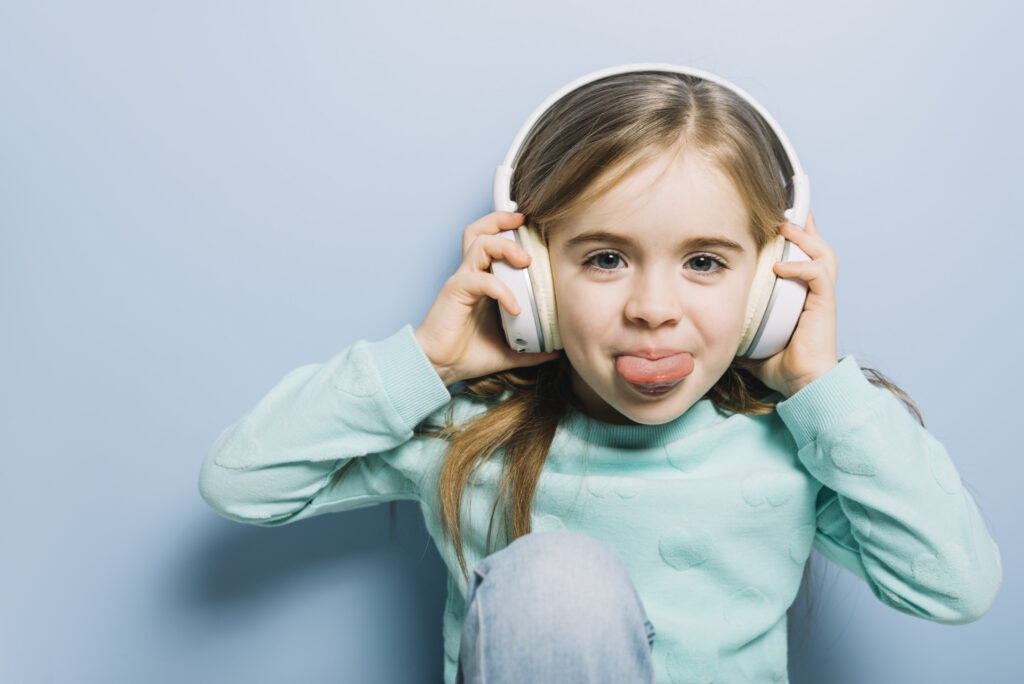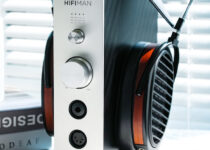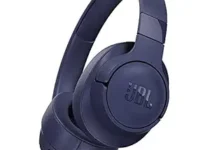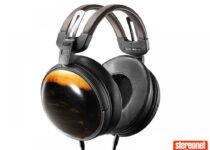Kids increasingly exposed to noise health risks via earbuds and headphones
In today’s digital age, it’s not uncommon to see teenagers immersed in their own world with headphones or earbuds in place.
However, recent findings suggest that this trend is extending to younger children as well.
The Rise of Personal Audio Devices Among Children
According to a national poll conducted by the University of Michigan Health C.S. Mott Children’s Hospital, two out of three parents have observed their children aged 5-12 using personal audio devices.

Surprisingly, half of the parents with children between the ages of 5 and 8 reported that their young ones are already embracing this technology.
Concerns About Overuse and Potential Risks
Dr. Susan Woolford, a pediatrician and co-director of the Mott poll, highlights the growing concern surrounding the excessive use of audio devices among children.
While previously the focus was primarily on teenagers, the popularity of earbuds among younger kids raises new worries about prolonged exposure to high-intensity noise.
Impact on Health and Well-being
Excessive exposure to loud noise can have serious implications for children’s health, including the risk of hearing loss or tinnitus.
Dr. Woolford emphasizes that young children are particularly vulnerable to such risks due to their developing auditory systems and smaller ear canals.
Usage Patterns and Settings
The poll reveals that children predominantly use these devices at home, school, and during travel, with a significant portion also using them on airplanes.
However, only a small percentage of parents reported their children using audio devices in outdoor settings or while in bed.
Parental Perceptions and Efforts to Limit Usage
While half of the parents surveyed believe that headphones or earbuds help keep their children entertained, only half of them have actively tried to limit their child’s usage of these devices.
Strategies employed by parents to regulate usage include setting specific hours for device use and using timers.
Strategies to Minimize Risks
Dr. Woolford offers valuable tips for parents to mitigate the risks associated with prolonged headphone and earbud usage:

- Monitor Volume Levels: Parents should adhere to the 60/60 rule, limiting children to no more than 60 minutes of device usage per day at no more than 60% of the maximum volume. Ensuring that the volume remains below 70 decibels reduces the likelihood of noise-related damage.
- Choose Noise-Canceling or Volume-Limiting Headphones: When purchasing audio devices, parents should opt for products that limit volume. However, it’s essential to avoid noise-canceling headphones in situations where awareness of surroundings is crucial for safety.
- Encourage Breaks and Device-Free Time: Children should have designated periods of “device-free” time daily, allowing their ears to rest. Encouraging alternative activities, such as listening to music at a low volume or engaging in quiet play, can also help reduce noise exposure.
- Be Vigilant for Early Signs of Hearing Loss: Parents should be attentive to signs of hearing loss in their children, such as asking for repetition, hearing ringing noises frequently, or speaking loudly. Consulting with healthcare professionals can provide further guidance and support.
Conclusion
As personal audio devices continue to be an integral part of children’s daily lives, it’s crucial for parents to be proactive in safeguarding their auditory health.
By implementing practical strategies to monitor and regulate device usage, parents can mitigate the risks and ensure their children enjoy sound, healthy development.



